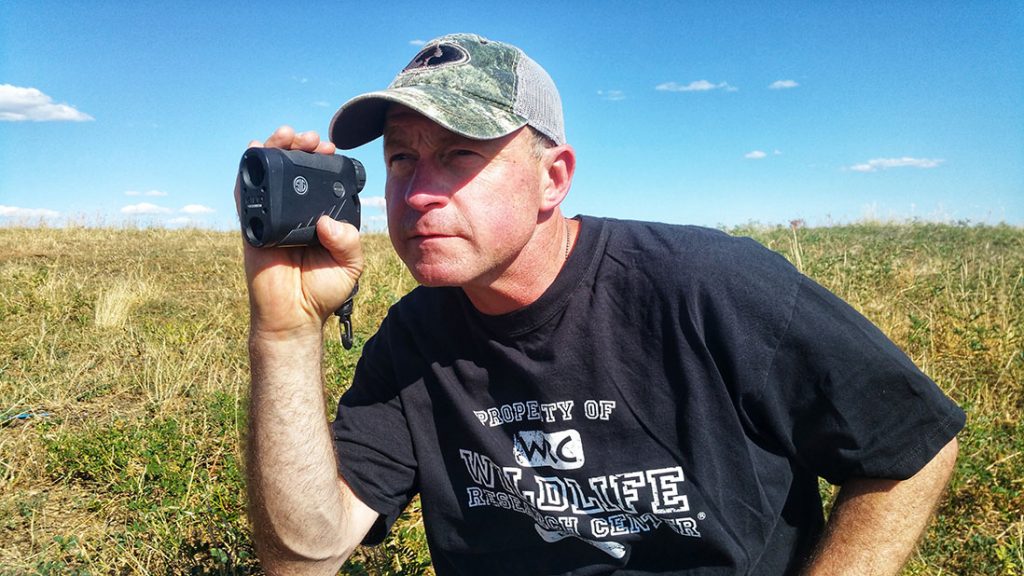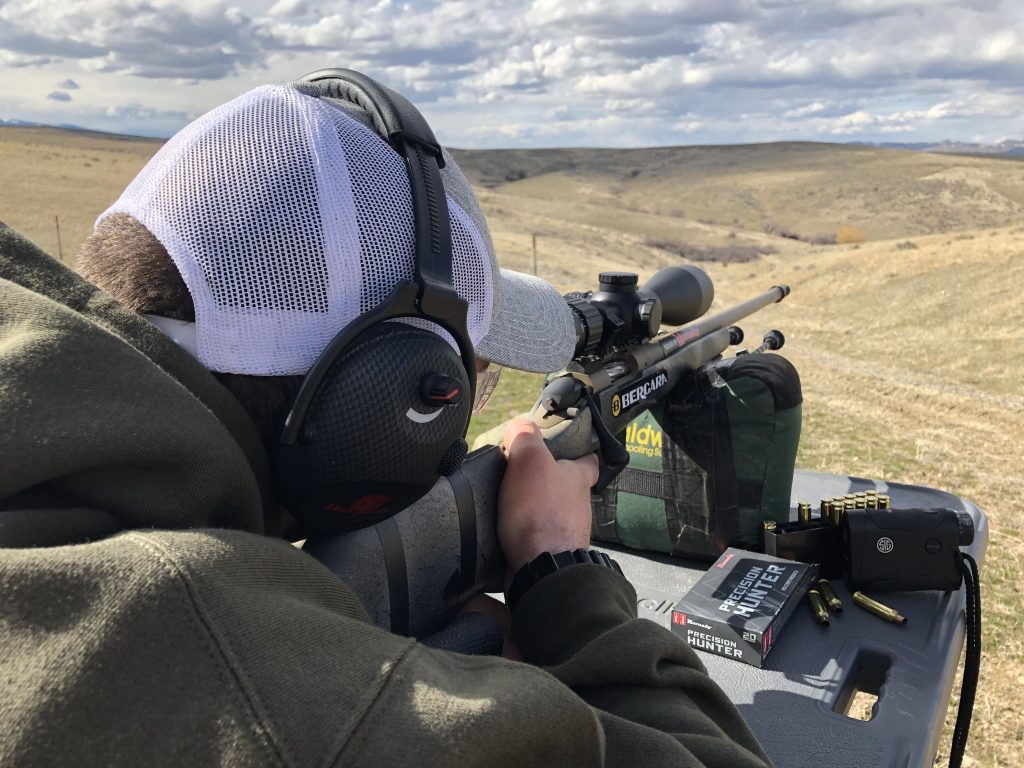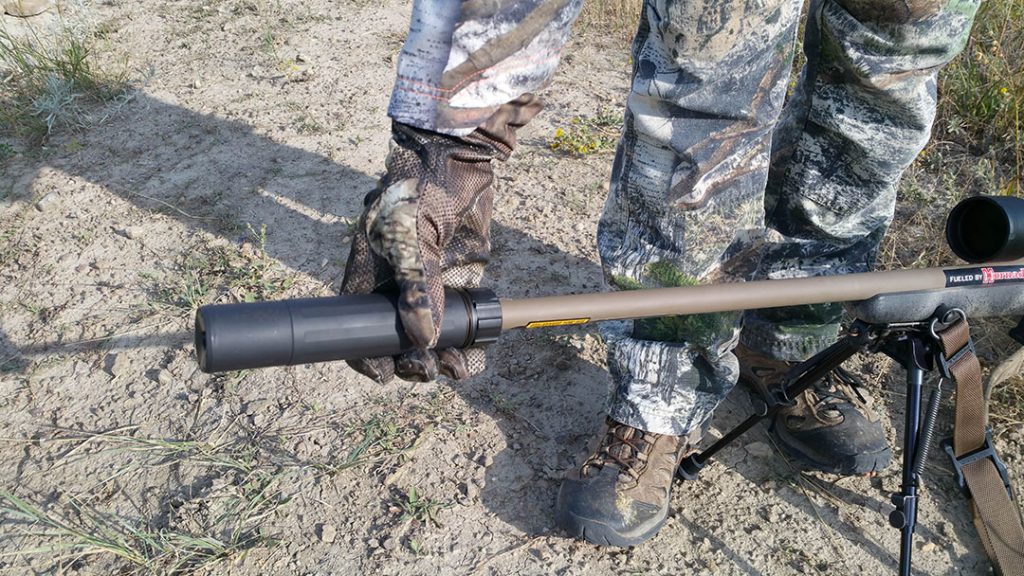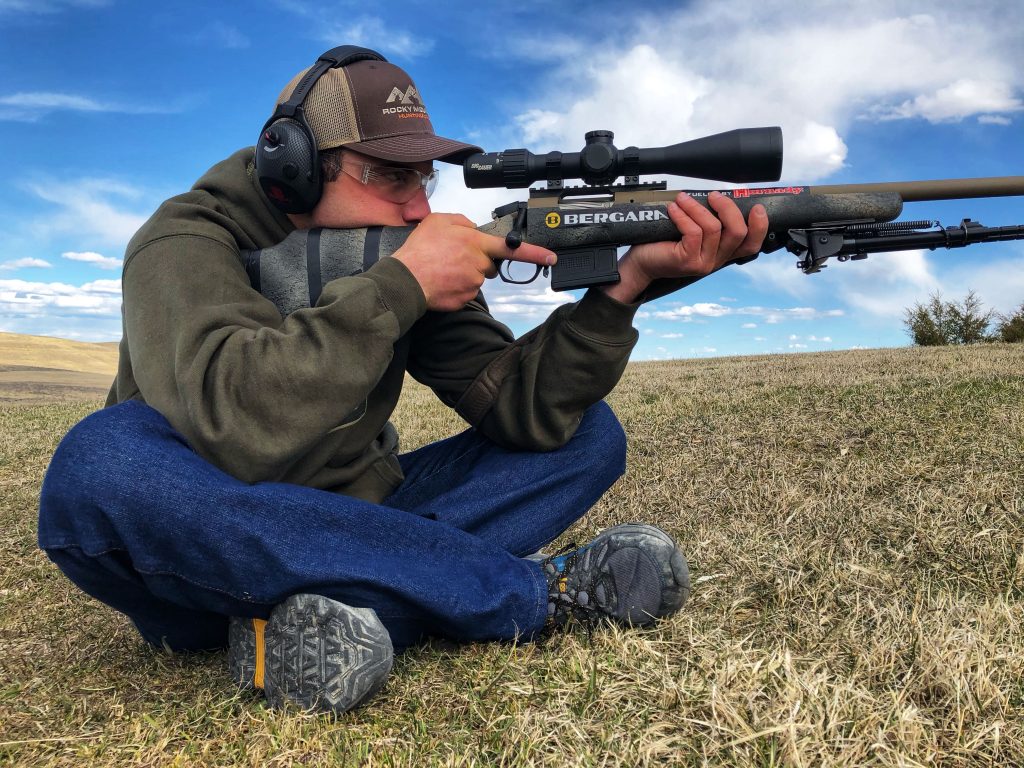Summer officially kicks off in June and signals a busy period of home chores, ball game practices, and an escape to the beach. Hunting falls off the list of priorities. It does not have to, and in fact, summer may be your best avenue to becoming a better marksman. Instead of a beach or amusement park escape, consider a varmint hunting escape. You can fine-tune your stealth in stalking wary varmints, plus put your shooting rig up against the real world of long-range accuracy, wind judgment, and distance estimation. A few days of pursuing varmints can go a long way to boosting your success on any future hunting trip.
WHY VARMINTS
Hunting varmints, critters such as gophers, prairie dogs, woodchucks, and others provide you with moving targets in a real environment. Not only will your shooting sessions help you handle real-world scenarios, but many landowners also appreciate the management of rodents that may be competing with livestock grazing, causing crop damage or digging nuisance holes across the landscape.
Getting back to shooting skills, one of the first you can polish is range estimation. Most of you hunt with a rangefinder, but surprise situations oftentimes do not allow for a rangefinder to come into play. You need to utilize your noggin to quickly tally a distance without lifting your rangefinder. Having some way to estimate range is also needed if, God forbid, your battery dies on your rangefinder.

My typical way to estimate range is to visualize a 100-yard football field and then keep adding fields until I reach my target. It is a simple, but effective method to get me in the so-called ball field. A solid skill to pair this with is to memorize the trajectory of your rifle caliber. A DOPE card (data on previous engagement) provides a cheat sheet secured to your buttstock for quick reference, but having it imprinted in your brain is best.
Another skill you can practice while varmint hunting is wind drift or deflection. Deflection of the bullet is based on wind, but the longer the bullet is in flight, the velocity of the bullet, angle to the wind, and the weight of the bullet also play into the calculation. To make accurate deflection predictions, you can start with wind values at your location for suspected values at distance. Remember, though, the terrain could alter winds drastically across distances. It could even be blowing from the complete opposite direction across a canyon or field.

Having wind deflection information on your DOPE card is essential for accurate shot placement. A wind gauge, like a Kestrel unit, can read wind at your location and you can estimate its value at the target through environmental observations, such as reading wind mirages. That skill takes an entire novel, but is a worthy study if long range is your goal.
Landscapes from coast to coast provide a shooting classroom that includes varmints. Take advantage of the most affordable shooting school available. Welcome to the real world.
GOPHER CONTROL
Gophers of varying species exist across the country. You can find the pesky 13-lined ground squirrel throughout much of the Great Plains and Midwest. Northern Montana consists of broad farm and rangelands that produce rich grain crops and sustain large herds of cattle. It also provides the perfect habitat for the prolific Richardson’s ground squirrel. Weighing in at 8 to 10 ounces with a 10-inch length, this rodent is a heavyweight worthy of a weekend of hunting. Together, these two species offer ample opportunity to test your shooting skills from farmlands to expansive pastures using your favorite projectile.
Young squirrels typically emerge from their dens in early June with peak shooting taking place from late spring into early fall. On hot days, gophers and ground squirrels may seek shelter during midday, but be ready to target them in the mornings and evenings as cooler weather induces activity.

Public lands are limited in many areas where these rodents live, but scout for state lands, wildlife management areas and scattered parcels of Bureau of Land Management. Of course, never overlook a landowner willing to allow the hunting of varmints. A simple morning chat at the local coffee shop or feed store may open a gate as could a cold call to a landowner working in the field.
STOP THE BARKING DOGS, PRAIRIE DOGS
Nothing says varmint hunting like prairie dogs. Although many gopher colonies can rival a small prairie dog town for density, the heft of a dog and the vastness of a classic prairie dog town that may sprawl for up to a mile, inspire varmint shooters nationwide. South Dakota has more black-tailed prairie dogs than any other state. In the fall, hunters talk about pheasants, but in summer, they chatter about prairie dogs. Of course, neighboring Wyoming, Montana and Nebraska also have overflow when it comes to prairie dog populations. These big rodents live in my backyard and provide a tune-up whenever I feel a need to study the art of long range. More than once I slipped my Bergara rifle out of the bedroom window and focused my Sig Sauer SIERRA6 riflescope on a pioneer prairie dog trying to establish a new town in my horse pasture. The V-Max ending deters even the most ardent of trespassers.
Prairie dogs can measure up to 16 inches and sneer at trendy weight loss programs with a robust body mass of up to three pounds. Because of their large rodent size, a thriving colony can be a rancher’s nightmare as they devoid an area of quality grass for livestock and litter it with dozens of holes. Although broken legs on livestock are uncommon, the loss of grass oftentimes is enough for landowners to grant access to prairie dog towns. Chamber of commerce offices, Natural Resources Conservation Service offices and even state conservation officers can all point you in the direction of prairie dog gold mines.

Across prairie dog country you will find public hunting opportunities on BLM, National Forest, state and even county properties. Take South Dakota as a prime example. Several large federal grasslands exist in prairie dog country, including the Buffalo Gap, Fort Pierre, and Grand River. You can also hunt prairie dogs on many of the Indian reservations. Look into the Rosebud, Pine Ridge, Cheyenne River, and Standing Rock reservations. Most have huge tracts of prairie dog towns and some even offer guide services or maps for a do-it-yourself vacation.
In addition to a prairie dog hunting getaway, I always suggest adding in summer scouting for any upcoming big game hunts. You might as well get your money’s worth.
CALIFORNIA IS FOR HOLLYWOOD AND VARMINT HUNTERS
California may be the land of Hollywood, but it also abounds with prospects for varmint hunting. Some of the best hunting is found in the coastal meadows, plains, and rocky hillsides of northeastern California. You can also expand your hunt to the Baja peninsula and upwards into the state of Washington. What is your target species? Turn your sights to the beasty California ground squirrel. It has a 2-pound frame that can extend 16 inches in overall length. These ground squirrels thrive in rolling hills that favor agricultural production. They prefer dry-land barley and irrigated alfalfa fields, but have also been known to raid fruit and vegetable fields irritating weekend, and professional farmers alike. This is your green light to ask for hunting permission. To soften your presence further, shoot with a suppressor to keep your presence unknown to neighbors. Silencer Central is the simple route to your first or 10th suppressor.

California ground squirrel pups emerge from April through June giving you ample targets, but if you are a snowbird with lots of retiree time to burn you may want to switch your summer vacation to winter. Grass growth slows or stops completely in California during the winter months and as it gets knocked down it provides better visibility to spot the annoying rodents.
YEP, IT’S FINALLY GROUNDHOG DAY
The real heavyweight in the varmint world is the woodchuck. Woodchucks, commonly called groundhogs by many, offer summer varmint hunting throughout a wide swatch of the East Coast, Southeast, and into the Midwest. Because of their burly size and ability to excavate large burrows, creating headaches, and eyesores for landowners equally, you may get a free pass to enter.
Although not as monstrous as the TV personality Punxsutawney Phil, woodchucks can extend to 20 inches in length and boast a 10-pound weight. That rivals a gopher in size any day. As mentioned, they are excellent diggers and you can tell a woodchuck den from other denning animals by the fresh dirt around the mound as they continually clean their burrows.
Summer dens routinely lie along field edges with hayfields being a popular choice. You will often spot the pudgy rodents waddling along edges as they browse for native grasses, alfalfa, clover and even the bark of some trees. They also will raid gardens with pumpkin, squash and beans being a favorite. My friends who pursue woodchucks have the best luck garnering permission from small acreage owners irritated by woodchuck burrows. Visit small towns and inquire at local farm service stores for tips on who might be tired of woodchuck shenanigans. Again, using a suppressor can go a long way in keeping the neighbors happy as you pop away.
Summer is a time to reacquaint with family and get homeowner chores in control. Nevertheless, take some time to for a varmint escape. It serves to sharpen your shooting skills and even make you a stealthier hunter as you crawl into shooting position.





